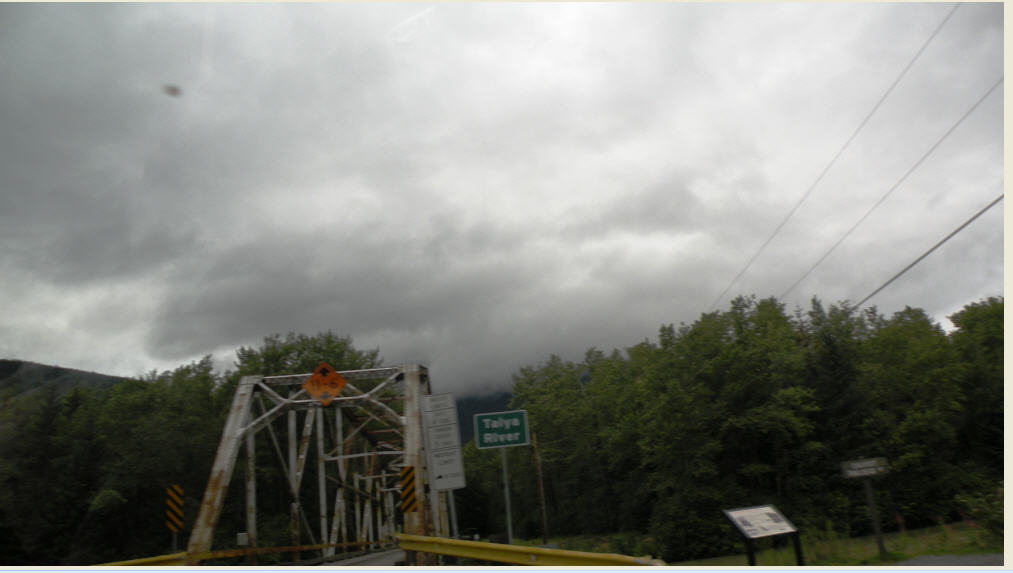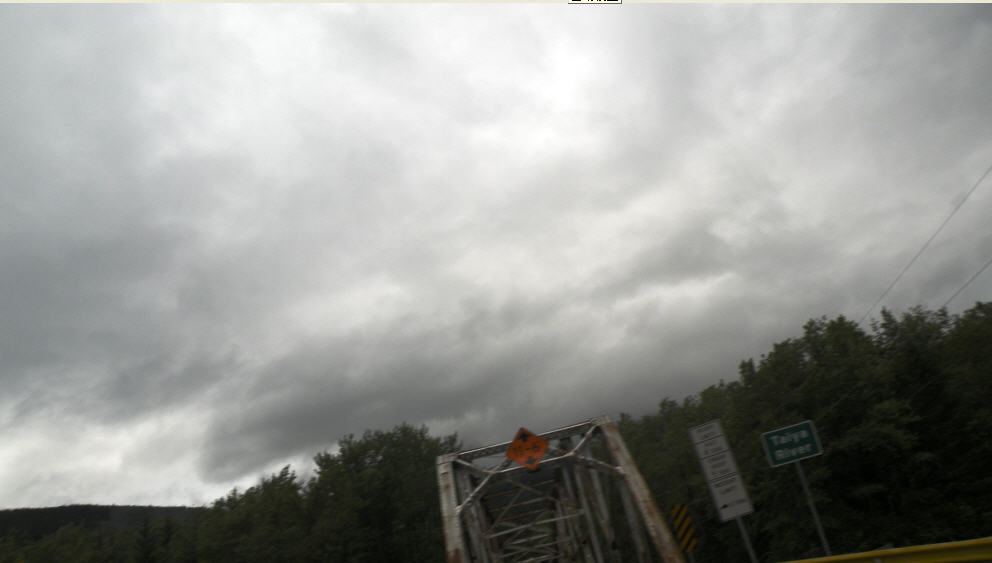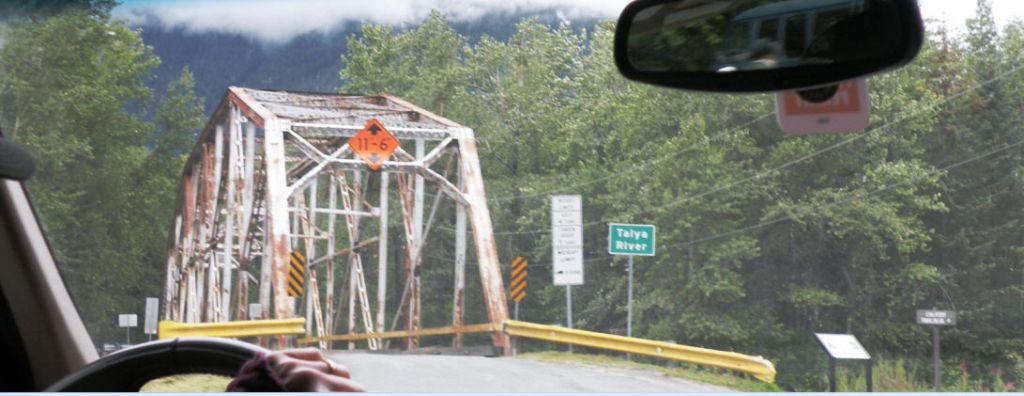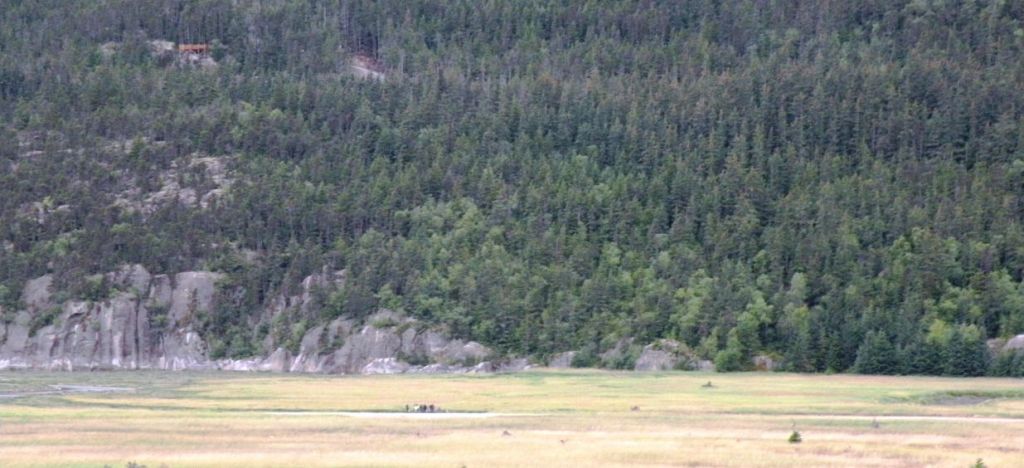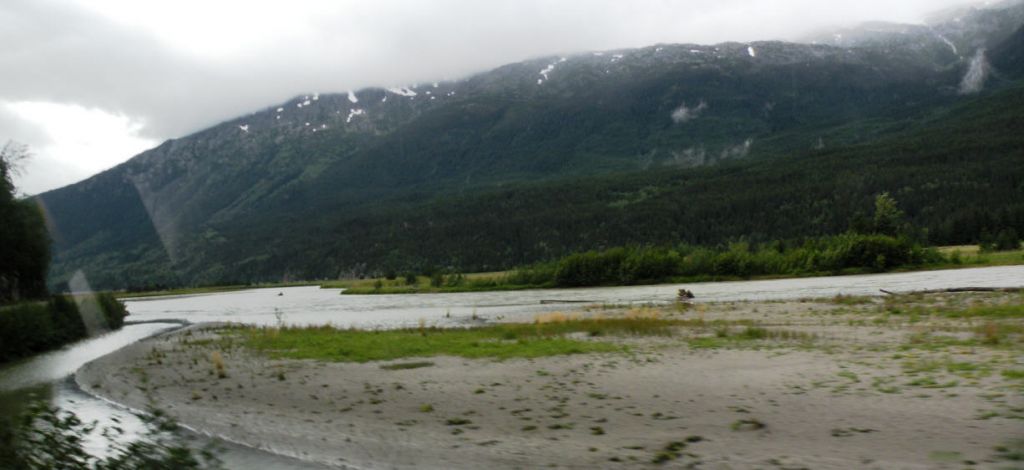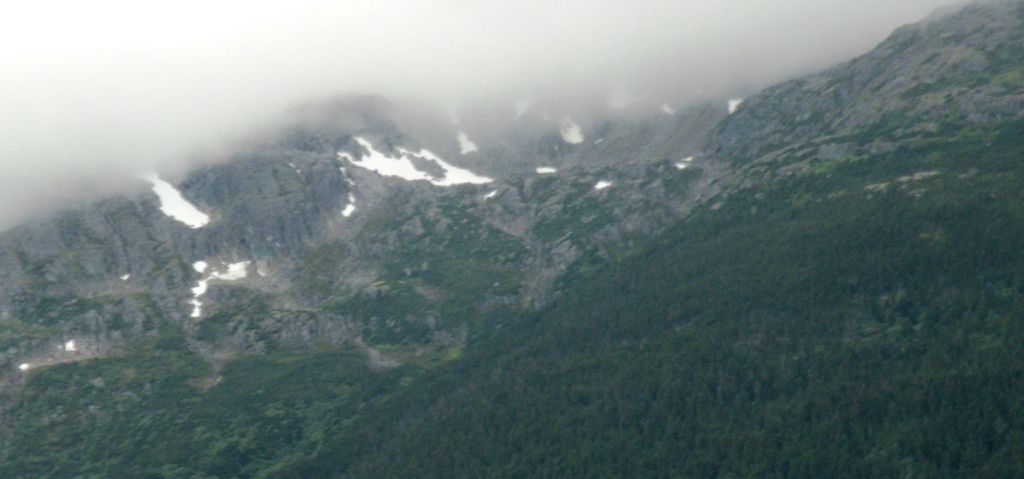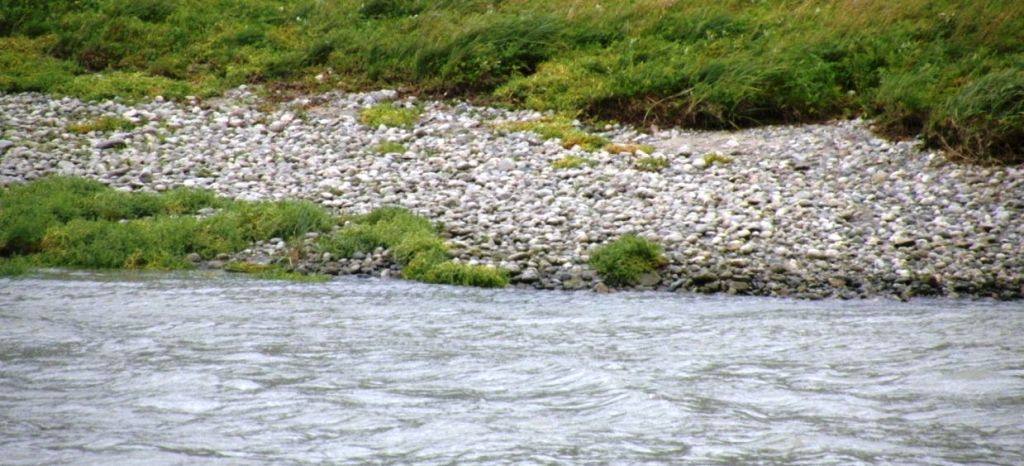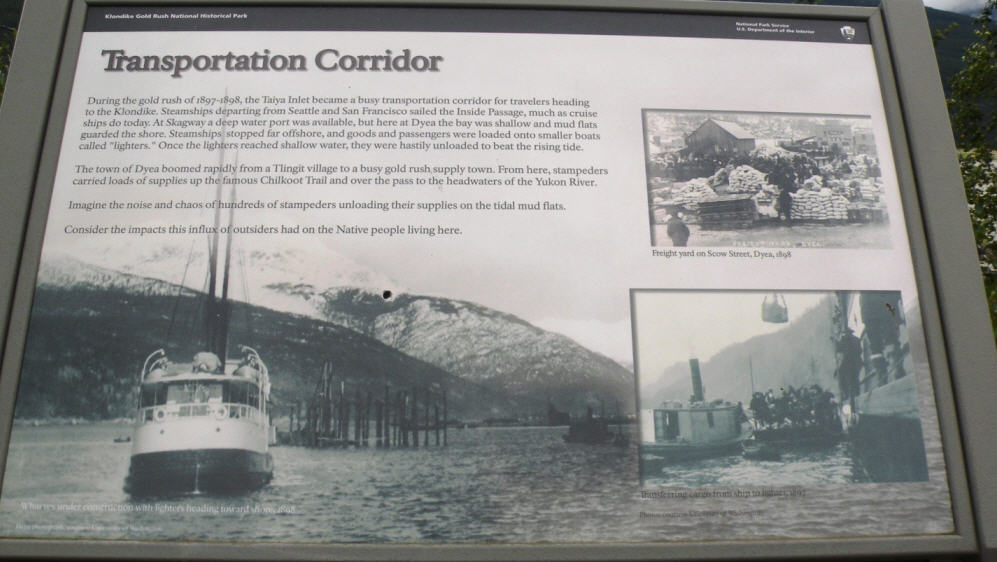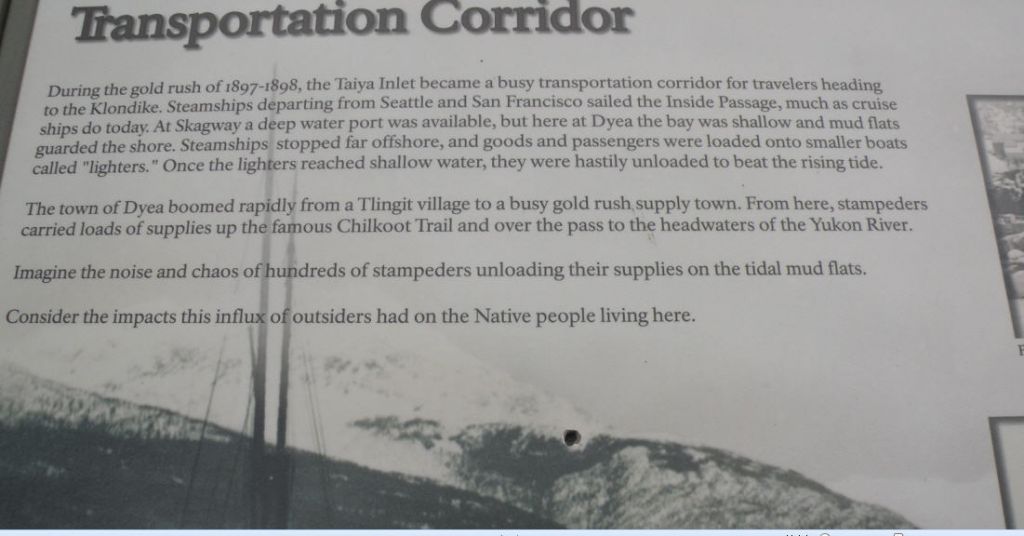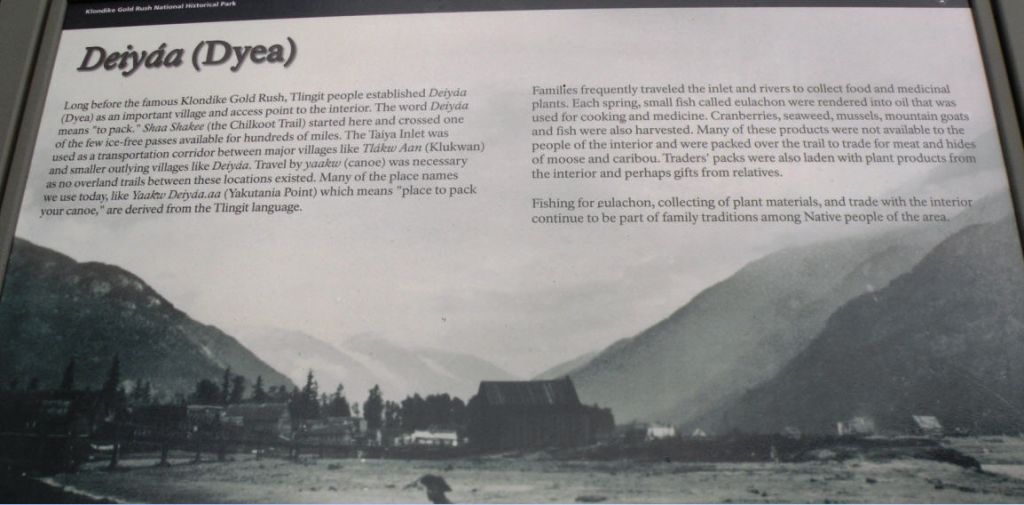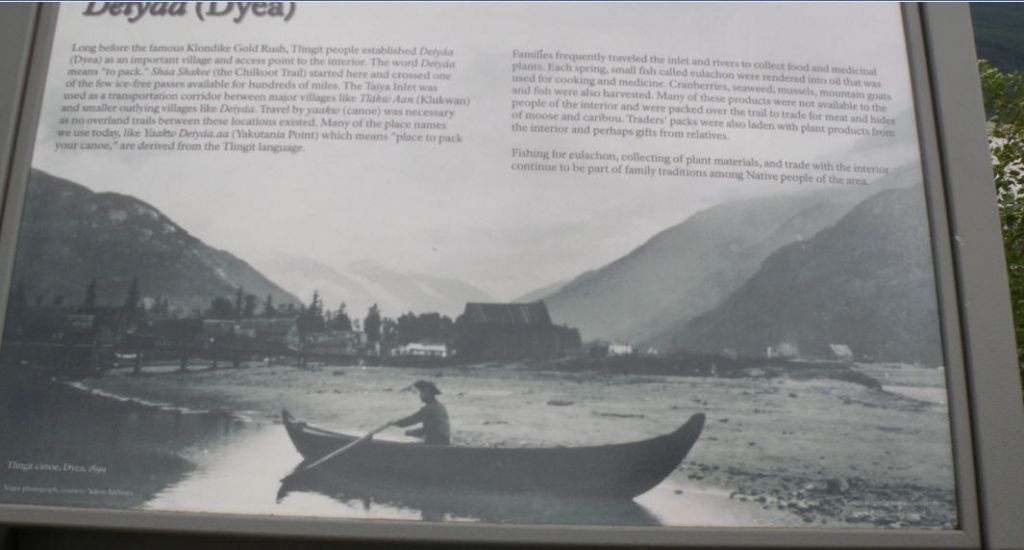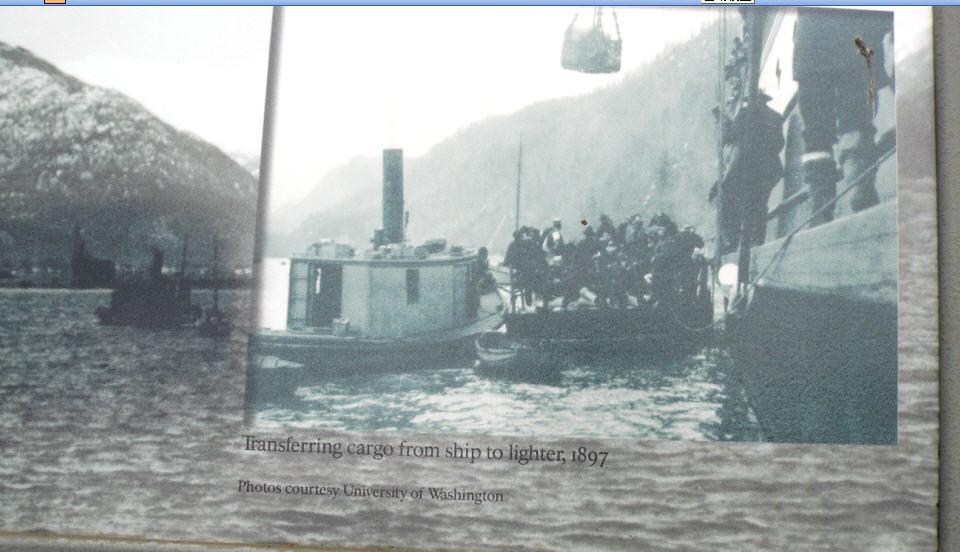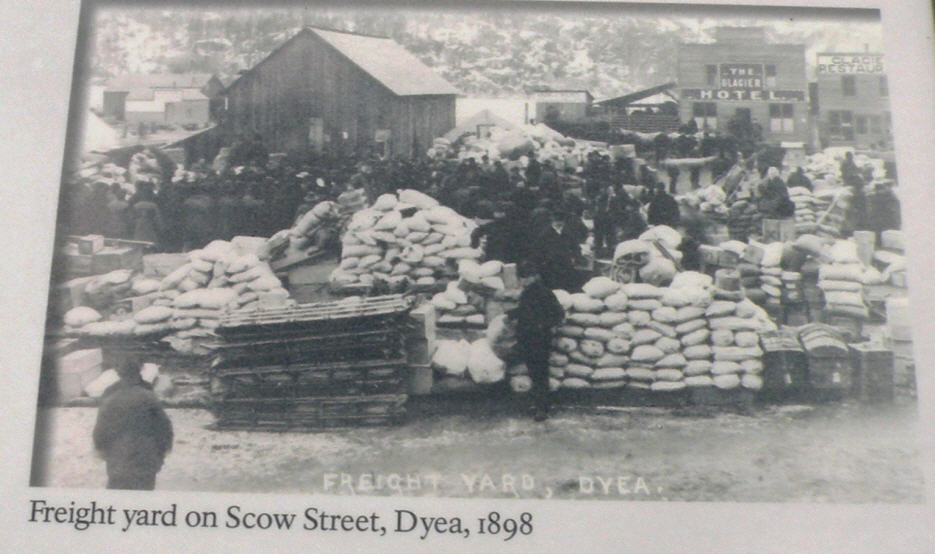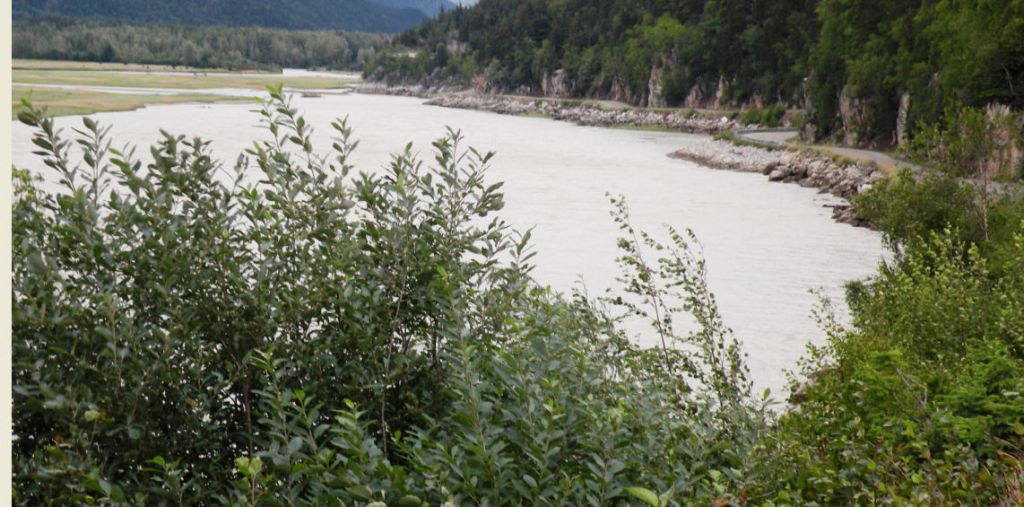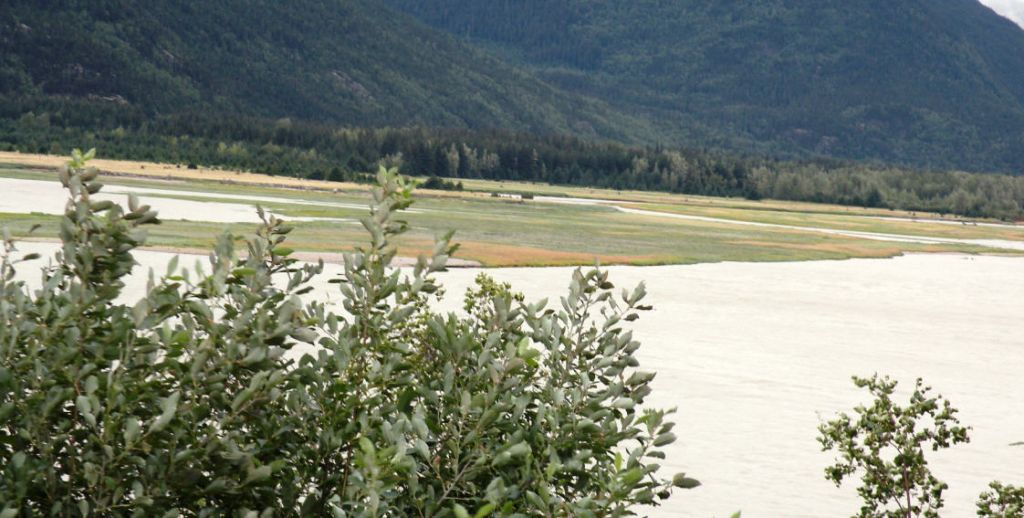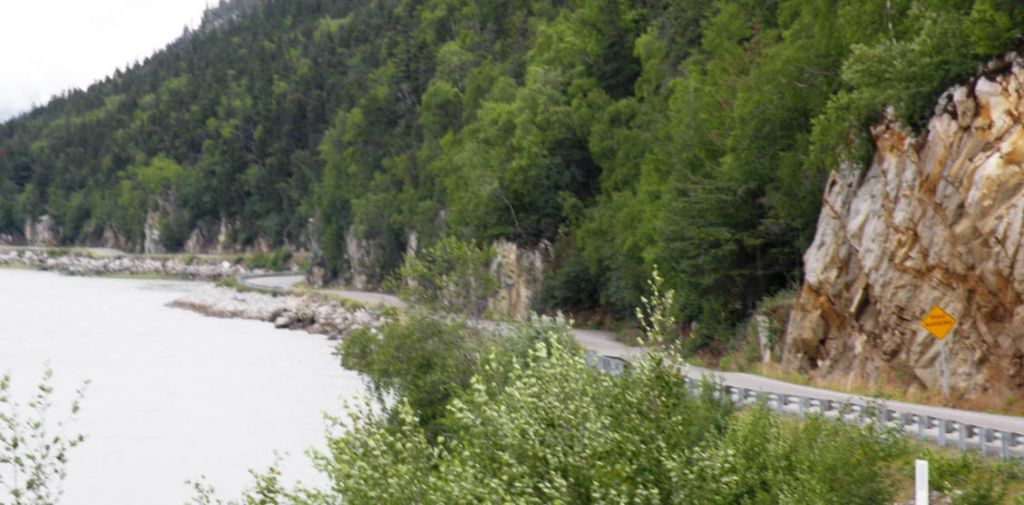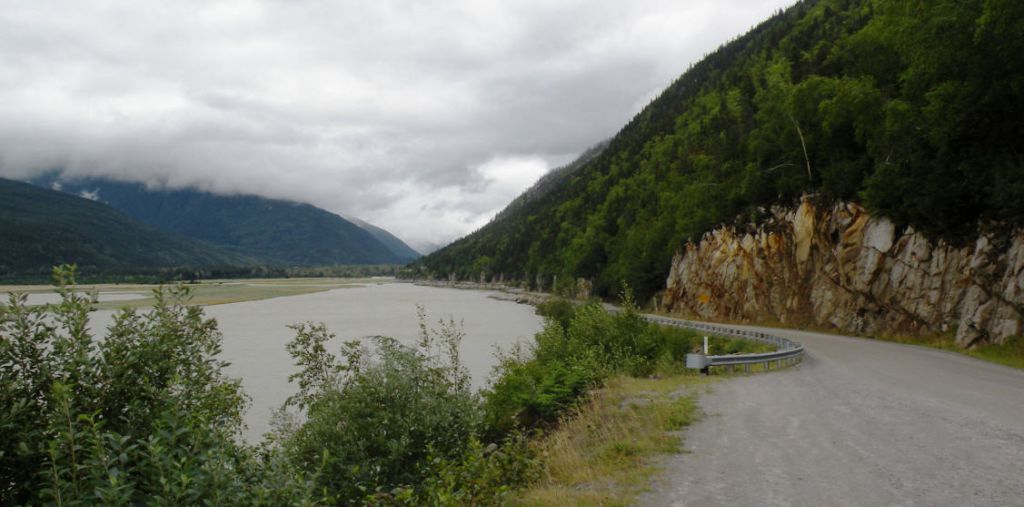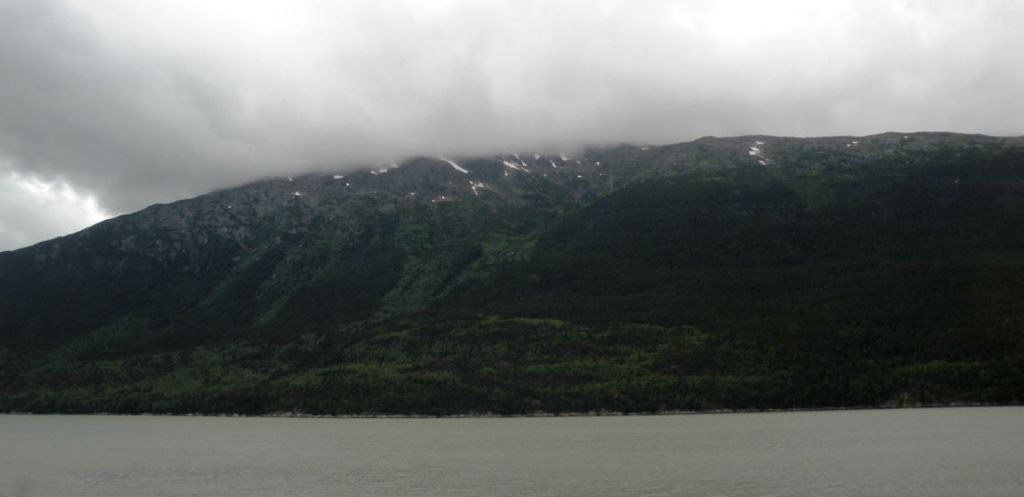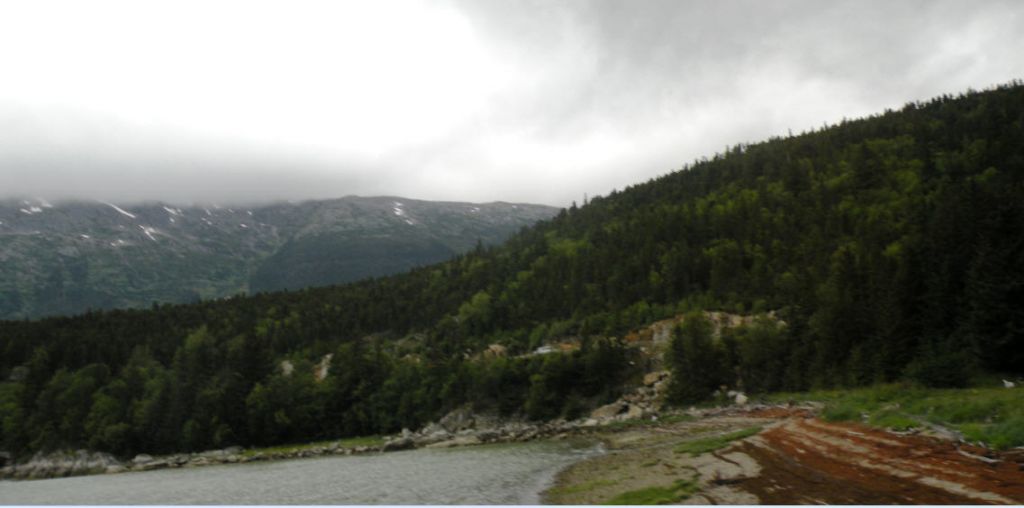博文
Skagway Taiya River畔百多年前淘金热和铁路运输遗址
|||
Skagway Taiya River畔百多年前淘金热和铁路运输遗址
黄安年文 黄安年的博客/2011年10月25(美东时间)发布
8月24日,我们在阿拉斯加边城Skagway风景秀丽的Taiya River游览,走Taiya Inlet沿Taiya River到Dyea一线。这里在100多年前曾经是淘金热和铁路运输线的繁忙地段,照片24张是即时拍摄的。
**************************
The Taiya Inlet is part of the upper Lynn Canal located in the U.S. state of Alaska. The Taiya Inlet is an estuary which lies in a deep valley, with Skagway, Alaska at its north end and the remainder of the Lynn Canal at its south end.
| Contents
[hide] |
The Taiya Inlet received its name in 1868. Taiya was derived from the Tlingit term tayee, which means beneath or underneath.[1] It was also called Dayday Inlet and Dejah Inlet but the latter two names fell out of favor. The Taiya Inlet was an important waterway during the Klondike Gold Rush offering passage to the deep-water port of Skagway and, by smaller boat (due to sediment from the Taiya River), the now-ghost town of Dyea. These two boom towns were gateways to the respective White Pass and Chilkoot trails.
[edit] Taiya Inlet WindsThe winds in the Taiya Inlet are frequently diverted from their true courses by the mountains surrounding the valley in which the inlet lies. These diverted winds in the Taiya Inlet are also frequently more turbulent than the winds over the remainder of the Lynn Canal.
The Tlingits believed that the turbulent winds in the Taiya Inlet were under the control of an ill-tempered spirit known as “Kanuga.” The spirit “Kanuga” is supposedly embodied as a “rock” near the north end of the Taiya Inlet.[2] (This “rock” is apparently Face Mountain, and the spirit is now apparently called “Kanagoo.”)
Generally, the Tlingits had separate names for winds that are diverted from their true courses by mountains and valleys (as the Taiya Inlet winds are).[3] The name Skagway is derived from the Tlingit term shgagwèi, which refers to these turbulent winds in the Taiya inlet, and to the rough seas in the inlet created by these winds.[4]
[edit] Current statusCurrently the Taiya Inlet is used for marine transporatation (such as the Alaska Marine Highway) and recreation such as fishing. The Taiya Inlet Watershed Council is also dedicating to its preservation.
[edit] References1. ^ Twitchell, Lance A. (2005). Lingít Dictionary. Troubled Raven Productions. , at pp. 1-43 (tayee), 2-6 (beneath), 2-62 (underneath).
2. ^ Krause, Aurel, and Erna Gunther (translator) (1956). The Tlingit Indians. University of Washington Press. , at pp. 185, 251.
3. ^ Emmons, George Thornton, and Frederica de Laguna (editor) (1991). The Tlingit Indians. University of Washington Press. , at page 427.
4. ^ In the past, it had been postulated that skagway or shgagwèi means home of xóon (the north wind). However, home of the north wind would be xóonani. Furthermore, Hoonah, Alaska is indirectly named after xóon.
Coordinates: 59°22′24″N 135°22′10″W / 59.37333°N 135.36944°W / 59.37333; -135.36944
|
This article about a location in the Haines Borough, Alaska is a stub. You can help Wikipedia by expanding it. |
|
This article about a location in the Municipality of Skagway Borough, Alaska is a stub. You can help Wikipedia by expanding it. |
From Wikipedia, the free encyclopedia
Jump to: navigation, search
|
This article does not cite any references or sources. Please help improve this article by adding citations to reliable sources. Unsourced material may be challenged and removed. (December 2009) |
The M1 Motorway was built alongside the West Coast Main Line in Northamptonshire.
A transportation corridor is a (generally linear) tract of land in which at least one main line for transport, be it road, rail or canal, has been built. Often new transport lines are built alongside existing ones to minimize the area affected by pollution.
http://en.wikipedia.org/wiki/Transport_corridor
https://blog.sciencenet.cn/blog-415-501028.html
上一篇:一步一个脚印向前走
下一篇:坚持写好每一篇博文----第7001篇博文的话
